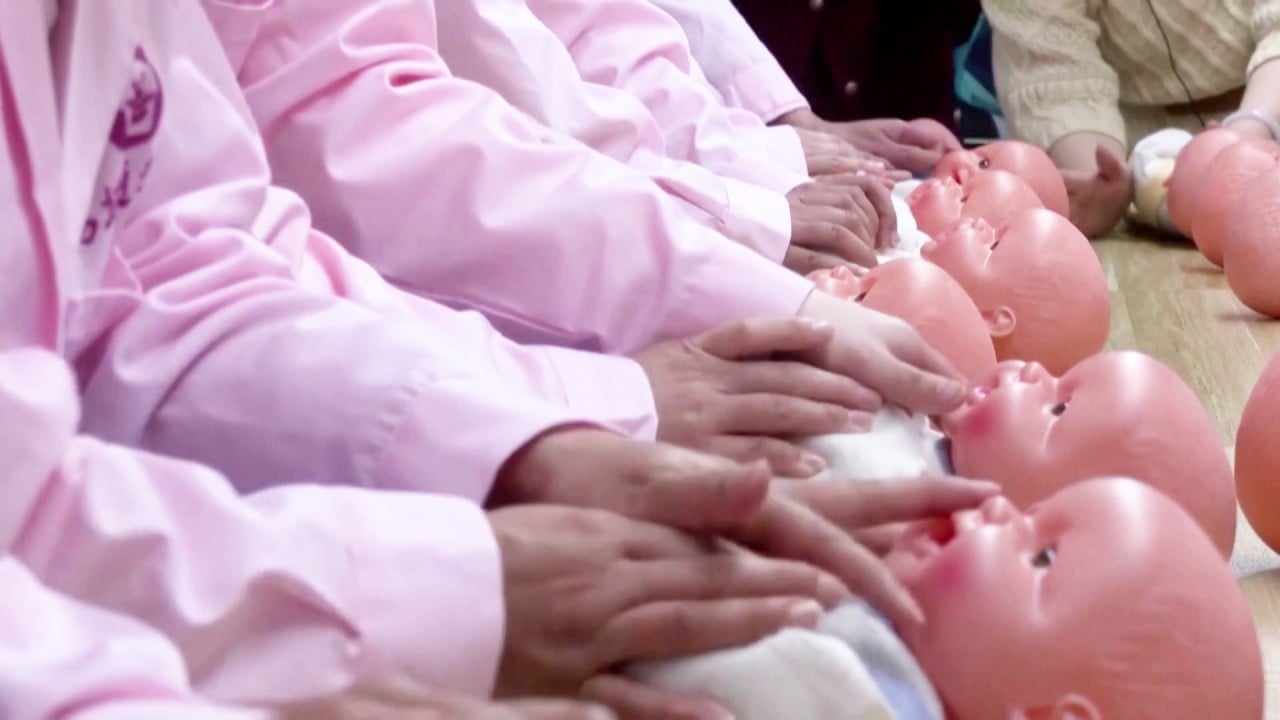But some analysts have made more upbeat estimates.
Birth rates can be raised by 20 per cent – two million more babies a year – if the government gives preferential tax treatment and monthly cash subsidies to families, according to a new report by the YuWa Population Research Institute.
The institute estimated the increase could be achieved by paying 1,000 yuan (US$139) per child in families with two children and 2,000 yuan per child for families with three or more.
The report, co-authored by Trip.com chairman James Liang, also argued flexible working arrangements enabling parents to work from home could boost birth rates by 4 to 10 per cent, resulting in 400,000 to one million additional children a year.
However, many popular proposals for raising birth rates are superficial and fail to consider the complexities of China’s unique societal context, an expert said, speaking anonymously due to the increasing sensitivity of the topic.
“We have over 300 million women of childbearing age. Among them, how many are willing to have children? How many are fundamentally unwilling to do so? And how many fall somewhere in between?” the person said, urging detailed research be undertaken in advance of government action.
The analyst called attention to China’s traditional emphasis on childbirth within marriage, and pointed out that relaxing policies concerning extramarital reproduction, such as sperm donation and surrogacy, could have unforeseeable effects on social stability.
The challenge of low fertility rates needs to be addressed systematically and requires more than piecemeal solutions
Hiring foreign nannies who lack proficiency in Chinese is also a “fanciful idea,” the expert said, as many young couples in China “wouldn’t dare entrust their children to their own parents” due to the meticulous standards they hold.
“Chinese treat their children as if they were delicate Rolex timepieces, thus it is unrealistic to expect them to switch to the standards for an electronic watch that costs around 10 yuan.”
The presence of foreign labourers could also give rise to social problems in terms of cultural differences, the person added, and sending them away would be much more difficult than hiring them.
He Dan, director of the China Population and Development Research Centre, a think tank affiliated with the National Health Commission, said there is an urgent need for a shift in mindset and institutional breakthroughs.
“Overall, the challenge of low fertility rates needs to be addressed systematically and requires more than piecemeal solutions,” she wrote in an article published in the December issue of the commission’s Population and Health magazine.
“China’s fertility support policies need to find a convergence point between economic development and social progress, and establish a connection between social welfare and social investment.”
Li Ting, a professor of population with Renmin University, argued that giving out money might provide a boost to births in the short term, but will not be sustainable in the long run.
“I don’t think [institutions] are willing to allocate such a significant amount [to boosting births],”she said.



